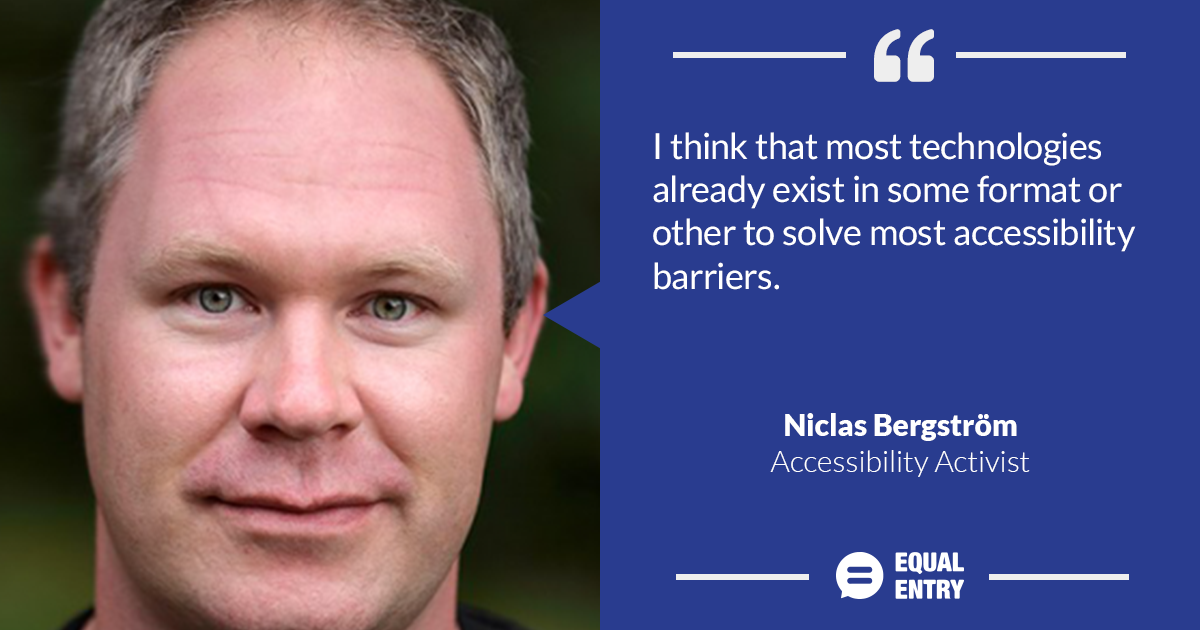This installment of our Accessibility Activists column is an interview with Niclas Bergström, CEO of ReadSpeaker. ReadSpeaker converts text to speech on a variety of devices through a “Listen” button–try it on this article. Bergström comes from a sound and computer background, and has started and developed companies in this field for over 15 years. Follow ReadSpeaker on Twitter at @ReadSpeaker.
When did you first get started in accessibility?
In 1999, I started looking into the question of making textual content on the web more accessible for those who would rather listen to the text than read it themselves. A friend of mine had some accessibility issues and being in contact with him made me realize there was a significant need for these kinds of tools.
What project are you most proud of from your work in accessibility?
I would say that the ReadSpeaker web reading service is what I am most proud of. It was the first solution of its kind, we were really breaking new ground. And it has grown into a global success, with hundreds of millions activations per year. I get a lot of feedback that this is of great use and really helps the people that need it. That was my goal after all. And continues to be so.
What is your current area of focus in the accessibility field?
Our current area is to develop our text-to-speech engine so that it can be embedded and used in accessibility devices and third-party accessibility software such as screen readers. We’d like to widen our reach on where and how we address accessibility issues.
What accessibility barrier would you like technology to solve?
I think that most technologies already exist in some format or other to solve most accessibility barriers. The problem is that they are not used in the best way. In my opinion knowledge and adoption of already existing technologies are the biggest barrier. For example, more digital publications should be created in an accessible way and in an accessible format such as EPUB3 right from the very beginning.
